January 6, 2017
Thirteen ways the physical environment shapes knowledge management
 Knowledge management (including its creation, transference and storage) within an organisation is now widely considered to be one of the primary drivers of a business’s sustainability. Driven by changing demographics, businesses are recognising the ways in which valuable knowledge is lost when employees leave the organisation, including when they retire or are made redundant in response to changing economic conditions. Geyer, an Australian design practice, is just one organisation that has undertaken important research to understand the role of the physical environment in knowledge management.The aim of the research was to explore the kinds of environments and their attributes (if any) that could support the management of knowledge in an organisation. The research also aimed to expand the focus of existing knowledge management literature; from information technology to workplace design.
Knowledge management (including its creation, transference and storage) within an organisation is now widely considered to be one of the primary drivers of a business’s sustainability. Driven by changing demographics, businesses are recognising the ways in which valuable knowledge is lost when employees leave the organisation, including when they retire or are made redundant in response to changing economic conditions. Geyer, an Australian design practice, is just one organisation that has undertaken important research to understand the role of the physical environment in knowledge management.The aim of the research was to explore the kinds of environments and their attributes (if any) that could support the management of knowledge in an organisation. The research also aimed to expand the focus of existing knowledge management literature; from information technology to workplace design.










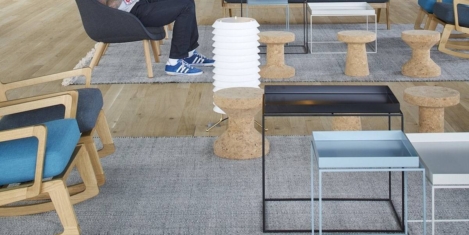
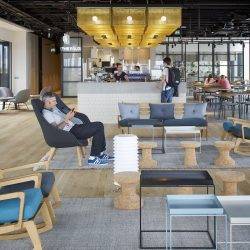
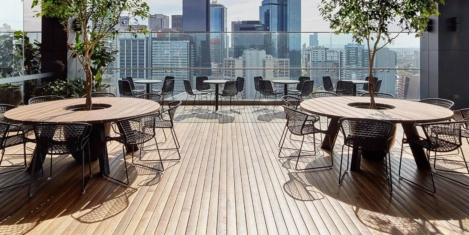
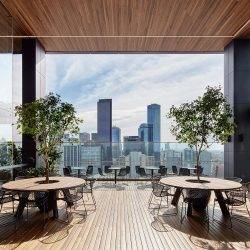




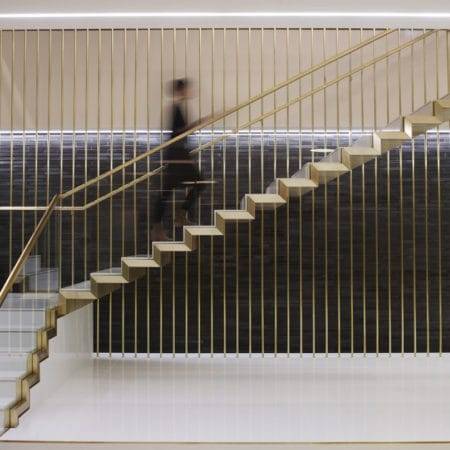
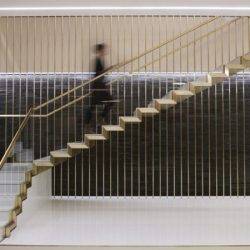














November 25, 2016
Workplace professionals should look to the consumer sector for boosting engagement 0
by Jeff Flanagan • Comment, Facilities management, Workplace, Workplace design
More and more businesses are recognising the power of the workplace experience to drive employee performance and engagement. Global brand Airbnb, for example, has now renamed its head of human resources as “chief employee experience officer.” This is good news for workplace design and management professionals. We are well placed to capitalise on this shift in business opinion, but if we want to make a tangible impact, we need to bring practical solutions to the table. First and foremost, these need to be backed up by research. There have been few studies specifically into what makes a healthy and productive work environment. However, there are a number of research projects that examine how a human being’s surroundings impact their mood and behaviour, and in particular how consumer environments shape customers’ perception of and engagement with a brand. As workplace professionals, we can learn a great deal from this consumer research and this is why workplace design and management teams should look towards consumer-facing industries for inspiration.
(more…)